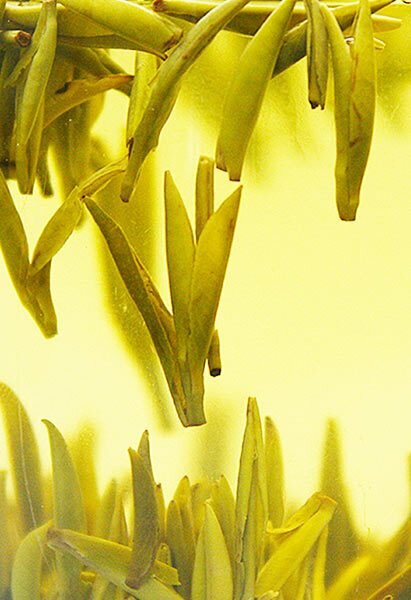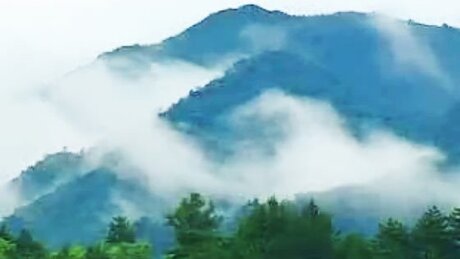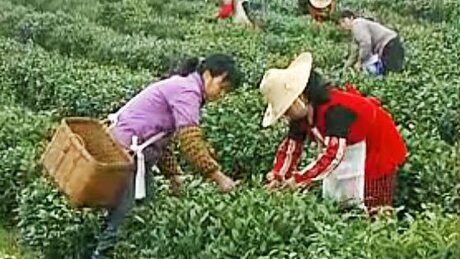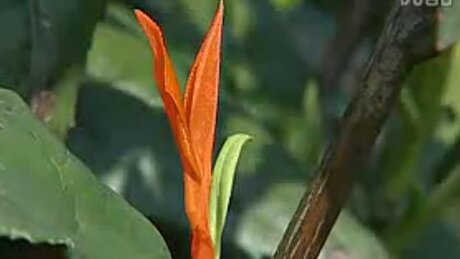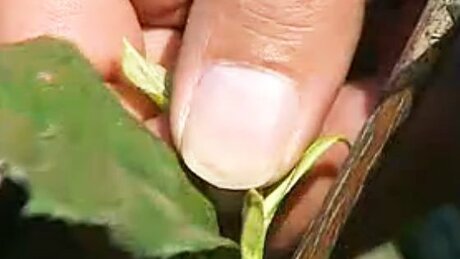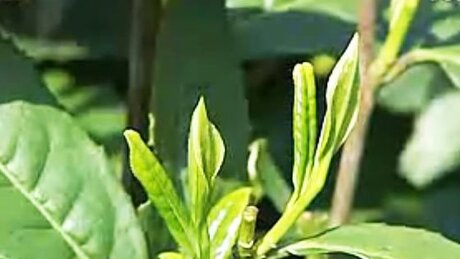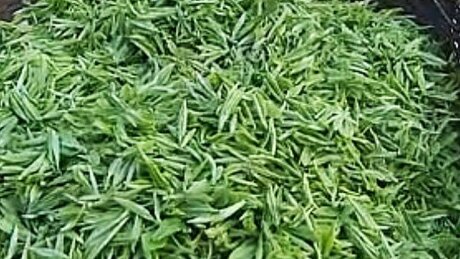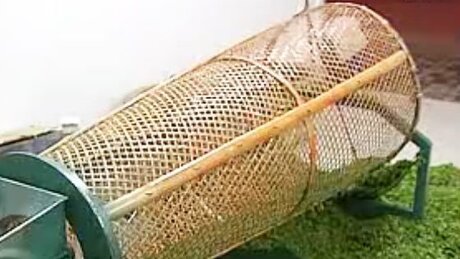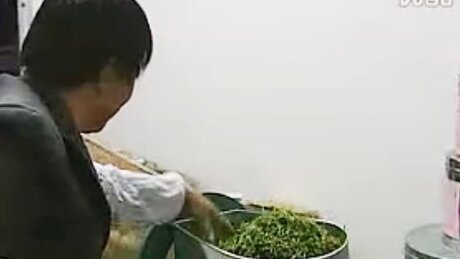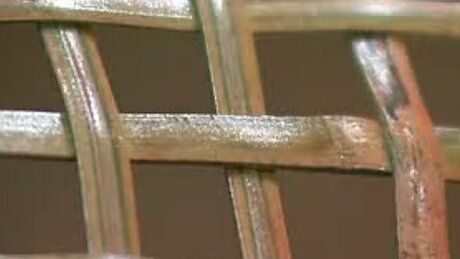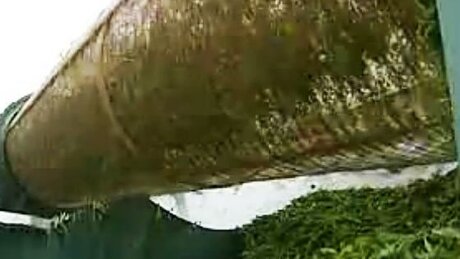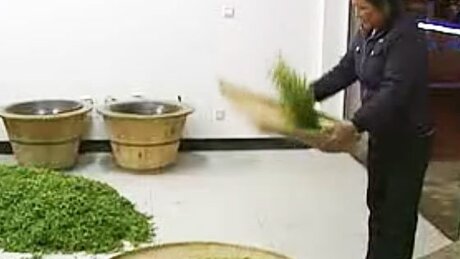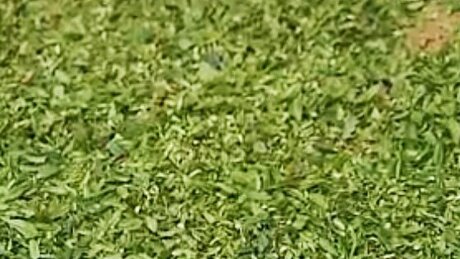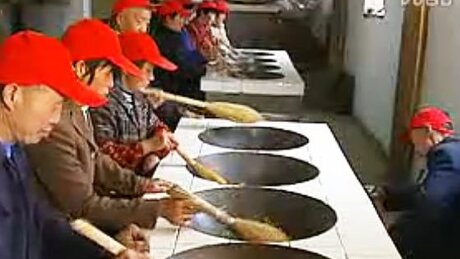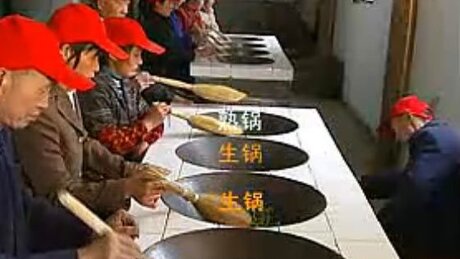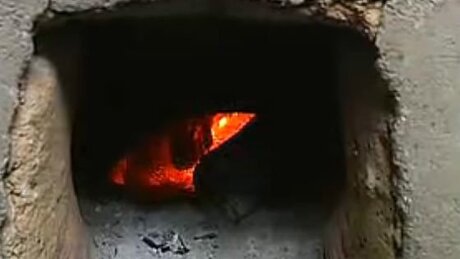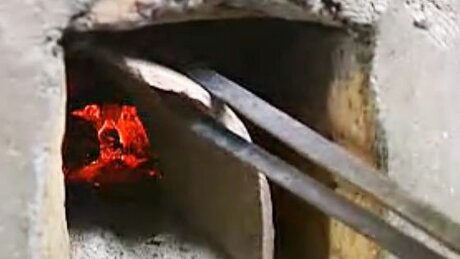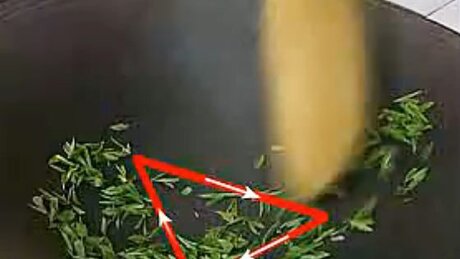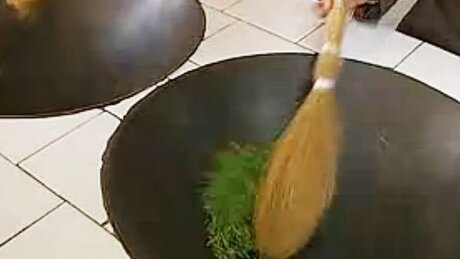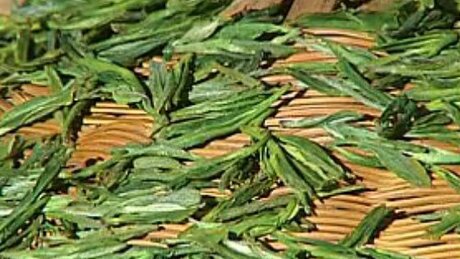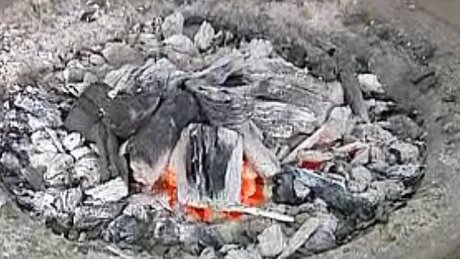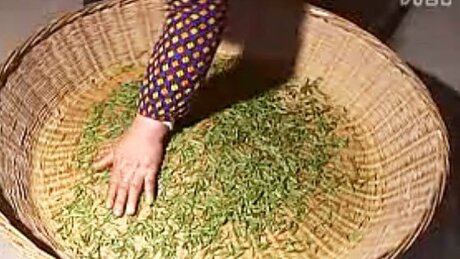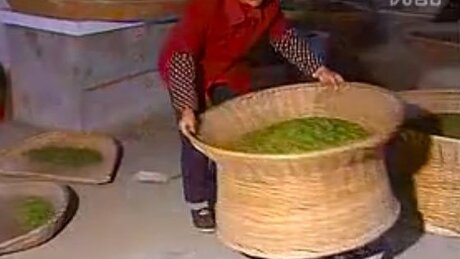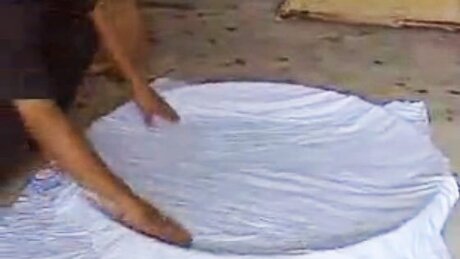Opinions in regard of the age of this tea vary. Contemporary experts in China consider yellow tea to be rather new with production technology established no more than 150 years ago. All the tales about priceless tea, for instance «Jun Shan Yin Zhen», refer to its valuable selected leaf rather than processing technique thereof. This tea can not be recognized as known to us «yellow» type existing since the time of Tang dynasty (10th century) for the traditional roasting of the leaf appeared only in 14th century.
Russian author Pokhlebkin in his well known book on the history of tea mentions that yellow tea was highly valued; its export from imperial China was strictly prohibited for many a century and violation of this law was punished by death penalty. Unfortunately it remains unclear what records the historian refers to and what does he imply as yellow tea. However this remark, virtually one and only mentioning of yellow tea in Soviet literature, sure enough strongly influenced Russian-speaking consumer’s idea of this tea.
In fact, yellow tea appeared as a result of green tea production technology faults. If for some reason tea color faded, discolored to yellow, lost its invigorating flavor then it was called yellow due to the color of the leaf. In some areas it came out to be enjoyable, uncovered peculiar shades of flavor and, as it often happens, the fanciers of the flavor appeared as well. It requires quite significant effort and much time to produce yellow tea intentionally using the established technology. The raw leaf should be of the best quality and together with the highest skill of a tea maker the results still may be quite unpredictable. The offer of yellow tea on the market is scarce and the price is expensive. There is no much appreciation of yellow teas flavor qualities at Chinese average consumer level. There are individual fanciers of this tea type.
Yellow tea is harvested and produced in the springtime when the leaf is rich of lifeblood. It uses only one bud or one bud with 1–2 leaves.
Each yellow tea has own requirements to tips. The part of the leaf plucked for production of Huo Mountain Yellow tea is marked red.
There are 4 prohibitions: do not pluck flesh without a bud, leaf damaged by insects, frozen or violet colored bud.
New buds appear in two weeks and harvesting may be repeated. However the closer the summer, the lower is the grade of the tea.
Withering is required to draw out excessive moisture from the leaves. They are rested for 2 hours in the sunlight and up to 5 hours in the shade.
In traditional production Huo Shan Huang Ya undergoes minor selection prior to further processing, which is uncommon for such a procedure.
The tea is screened to separate broken leaves. In theory this can be done at the last stage of production.
Initial frying takes place in the middle of the bowl at the temperature 120°С, and final — on its edges at the temperature 90°С.
Upon frying at high temperature tea leaves with a gentle movement of a wisp are thrown over to the bowl with lower temperature.
The main point of «kill-green» is to stop all processes in the leaf, to preserve it green, sappy and refreshing. This is how green tea is produced.
Meanwhile everything only begins for the yellow tea. Its unique production technology consists in multiple heating and smothering of warm leaf.
After 72 hours of processing the tea acquires yellow color, looses «freshly» notes and attains deep semitones of specific yellow tea flavor.
Warmed up tea is removed from the pan of coals, covered with canvas and left for 24 hour smothering. The procedure is repeated 3 times.
Fermentation in the tea reaches 9%, but initial raw leaves are very tender and high quality. Brews best at the temperature 90°С in glass or porcelain tea-ware. The Chinese like to contemplate slow opening of tea leaves and «dance» of buds, and therefore prefer to brew it in glass. Very common is brewing of yellow tea in glass tumbler.
Yellow tea in most cases may be distinguished by the color of the infusion in the cup. The main color is yellow and green with pink rim on edges.
Tea is stored on the shelf in firmly sealed nontransparent package or in a tea canister. It should be kept away from the sunlight and foreign smells. Yellow tea is better to be consumed within one year, however its storage life is much longer than of the green tea. Consequently it can be quite enjoyable even after two years.
Illustrated by screenshots from films: 视频: 霍山黄芽视频 and 霍山黄芽.

